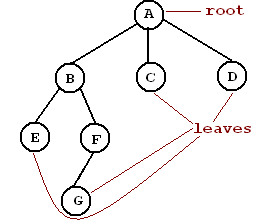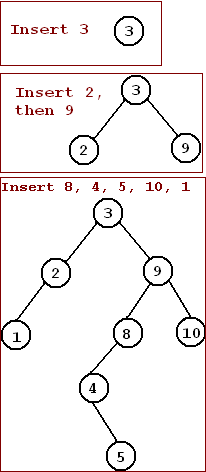#ifndef TREE_H
#define TREE_H
// forward declcarations
template <typename T> class tree_t;
template <typename T> std::ostream& operator<<(std::ostream&, const tree_t<T>&);
template <typename T>
class tree_t {
private:
struct node_t // an all public class with data only, no member ftns
{
T data;
node_t *left;
node_t *right;
node_t(const T& d = T(), node_t *l = NULL, node_t *r = NULL) : \
data(d), left(l), right(r) \
{ };
};
public:
// constructors (overloaded)
tree_t();
// copy constructor
//tree_t(const tree_t& rhs);
// destructors
~tree_t() { clear(); }
// friends -- note the extra <> telling the compiler to instantiate
// a templated version of the operator<< -- <T> is also legal,
// i.e.,
// friend std::ostream& operator<< <T>(std::ostream& s, const tree_t&);
friend
std::ostream& operator<< <>(std::ostream& s, const tree_t& rhs);
friend
std::ostream& operator<<(std::ostream& s, tree_t *rhs)
{ return(s << (*rhs)); }
void inorder(std::ostream& s, node_t* const &t) const;
// assignment operator
const tree_t& operator=(const tree_t&);
// operators
// members
bool empty() const { return root == NULL ? true : false;}
bool contains(const T& x) const { return contains(x,root); }
void insert(const T& x) { insert(x, root); }
void clear() { clear(root); }
private:
node_t *root;
bool contains(const T&, node_t* ) const;
void insert(const T& x, node_t* &t);
void clear(node_t* &);
node_t* clone(node_t* ) const;
};
#endif

